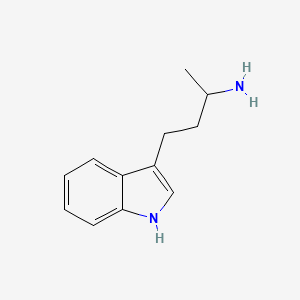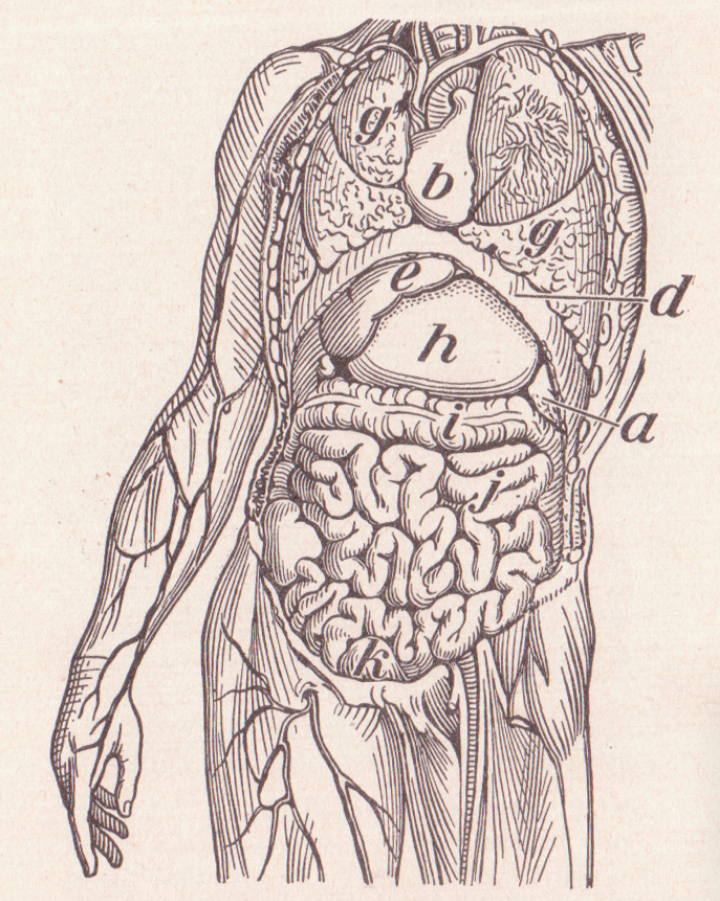|
Name: Levorphanol
Type: Opioid
AKA: Levo-Dromoran

|
|
II. Natural Derivative
Synthetic substance, no natural derivative
 |
|
III. Chemical Profile (IUPAC name)

|
|
IV. History
Levorphanol, first synthesized in the 1950s, is a potent opioid analgesic used for pain management. It is known for its efficacy and longer duration of action compared to other opioids. Levorphanol has been used in clinical settings for its strong analgesic effects, though its use has diminished with the development of newer opioids.

|
|
V. Legal Information
Levorphanol, an opioid analgesic, is classified as a Schedule II controlled substance in the US due to its potential for abuse. Globally, its legal status reflects similar controls to manage its use in pain management and prevent misuse.
US Federal Schedule - II
Schedule II drugs, substances, or chemicals are defined as drugs with a high potential for abuse, with use potentially leading to severe psychological or physical dependence. These drugs are also considered dangerous. Some examples of Schedule II drugs are: combination products with less than 15 milligrams of hydrocodone per dosage unit (Vicodin), cocaine, methamphetamine, methadone, hydromorphone (Dilaudid), meperidine (Demerol), oxycodone (OxyContin), fentanyl, Dexedrine, Adderall, and Ritalin.
Key US Federal Policies:
Controlled Substances Act. Public Law: Public Law 91-513 (text can be found on GovInfo) (https://www.dea.gov/drug-information/csa). Date enacted: October 27, 1970.
|
|
VI. Physical Effects
Levorphanol, an opioid analgesic, provides pain relief and sedation. As a downer, it induces significant drowsiness and respiratory depression. Short-term effects include pain relief and euphoria, while long-term use can lead to tolerance and dependence. Overdose risks involve severe respiratory issues and potential fatality. Safe dosing requires medical supervision. Recent research highlights its efficacy and potential for addiction and misuse.  |
|
VII. Psychological Effects
Levorphanol, an opioid, interacts with opioid receptors, providing analgesia and mood enhancement. Immediate effects include euphoria and cognitive impairment, while long-term use may lead to dependence and psychological issues. Research examines its potency and overall impact on mental health.
 |
|
VIII. Culture
Levorphanol, an opioid analgesic, has been used for moderate to severe pain management since the mid-20th century. Its cultural significance is intertwined with the history of opioid use and the ongoing opioid crisis. Historically, opioids have been both revered for their pain-relieving properties and feared for their addictive potential. Levorphanol represents the dual nature of opioids in modern culture, where they are essential for pain relief yet contribute to addiction issues. Public and media discourse often focus on the need for effective pain management alongside strategies to mitigate abuse and addiction.
 |
